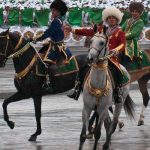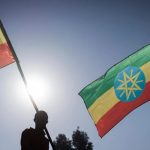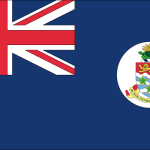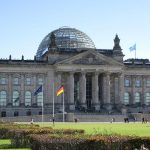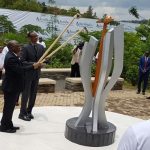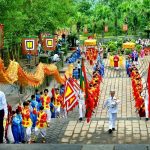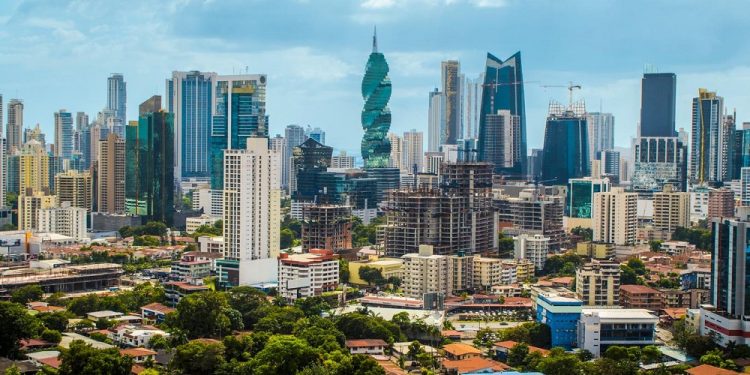
Independence From Spain in Panama
In Panama, November is an important month indeed. Known as the Month of Independence, there are a number of holidays that are celebrated in this month dedicated to the country’s self-autonomy. November 3rd is known as Separation from Colombia Day, November 4th is Flag Day, November 5th is Colón Day (celebration of Colombian forces not resisting Panama’s separation), and of course, there’s Independence from Spain.
This holiday is observed on the 28th of November each year. It commemorates the country’s separation from Spain and the country gaining its sovereignty. As the holidays of November reflect, independence for Panama was a long road, but in the eyes of the citizens, it was a journey that was well worth it.
The History Of Independence From Spain
For many centuries, Panama was home to indigenous tribes, but that changed when the area came under Spanish control during the 16th century. It would then be ruled as part of the Viceroyalty of Peru from 1538 all the way to 1821.
But things weren’t always calm and peaceful in the region. In fact, the people of the country began to clamor for independence from Spain beginning in the late 18th century and continuing on through the 19th century.
On November 10th, 1821, the call for Panamanian independence began in a small town called Villa de Los Santos. This call for independence would lead to an open town meeting on November 28th. During this meeting, Panama declared itself independent from Spain and a sovereign nation. Of course, the country feared that Spain would take revenge on them, so they sought protection and became a department within the Republic of Greater Colombia.
Observing Independence From Spain
Although many of the nation’s festivities are concentrated in Panama City, the capital of the country, events occur all over the country that people can enjoy. There are parades, carnivals, art exhibitions, concerts, and even fireworks displays. And of course, there’s always great Panamanian food that includes such wonderful dishes as Carimañola, Sancocho, and Ceviche.
